It has been assumed by archeologists and historians that the petroglypth method of writing and communication preceded writing in general, and that once writing systems were developed that the use of petroglyphs ceased. In the minds of many, petroglyphs were used exclusively by prehistoric man (or creatures) who were limited in their abilities to communicate.
Interestingly enough, this is only a theory, for there are many fascinating facts about petroglyphs that many historian have failed to grasp. First, petroglyphs and petroglyphic writing can be found over most of the face of the earth. Much of this form of writing is found in deserts, but not exclusively so.
Petroglyphs are found on every continent, and they are surprisingly similar. Also, the use of petroglyphic communication has continued right up until the 20th century. The photo below is of a petroglyph made by the Ute tribe in North America in 1911. It shows the wreck of locomotive Consolidation No. 10, on the Uintah Railway. So, in this case, the petroglyph is not ancient. Much can be learned about how petroglyphs can be read by referring to petroglyphs that were written about known events.
More petroglyphs can be found on the page: Early Dhows in Pre-Islamic Petroglyphs https://nabataea.net/explore/founding_of_islam/early-dhows-in-pre-islamic-petroglyphs/
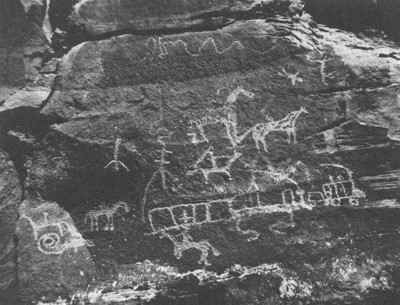
undefined
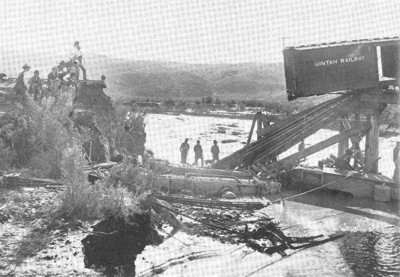
undefined
In the last few years great efforts have been made to read petroglyphs and understand how they were used. In essence the individual parts of the picture are read like one would read ‘sign language’ used by the deaf. If you are interested in pursuing this topic further, a good place to start is The Rocks Begin to Speak, by LaVan Martineau, KC Publications, Las Vagas, Nevada, 1973. (The two photos above were taken from pages 124 and 126 of this book).
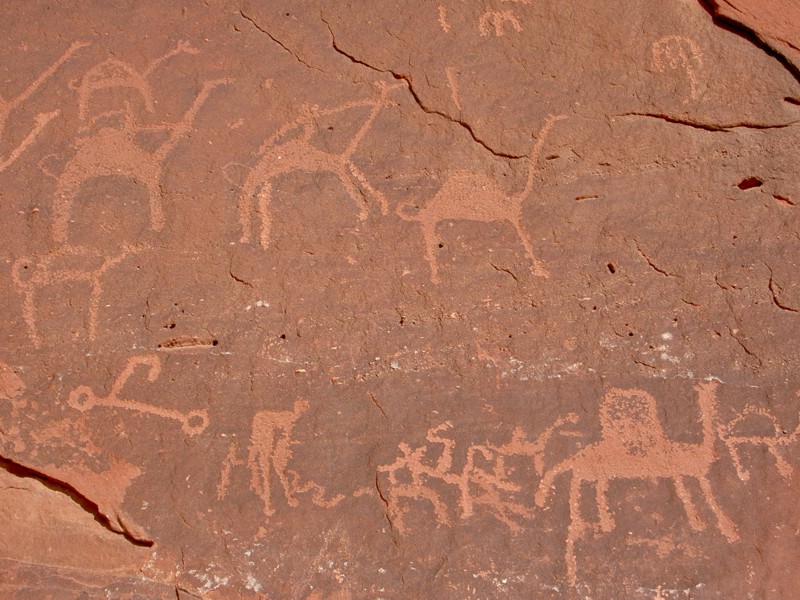
A Nabataean camel caravan. Note the difference between the camels at the top and the loaded camel at the bottom.
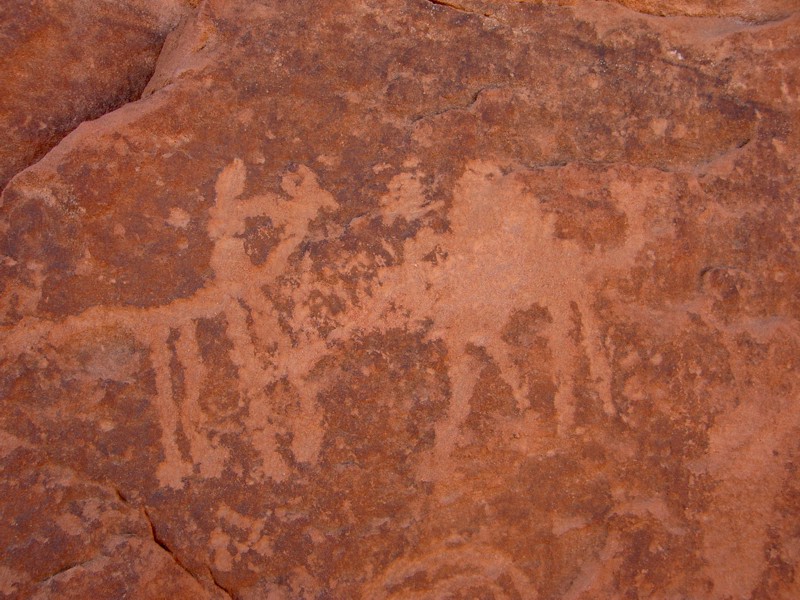
A horse rider behind a loaded camel.

undefined
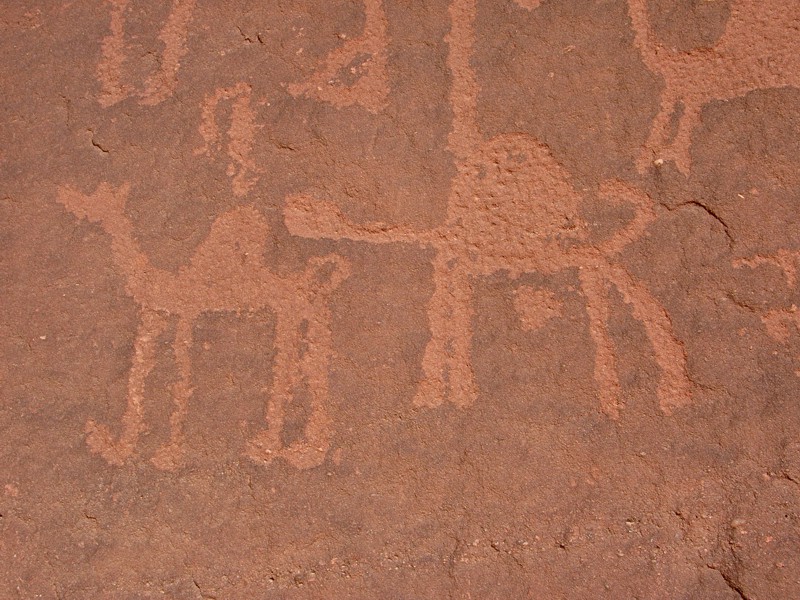
undefined
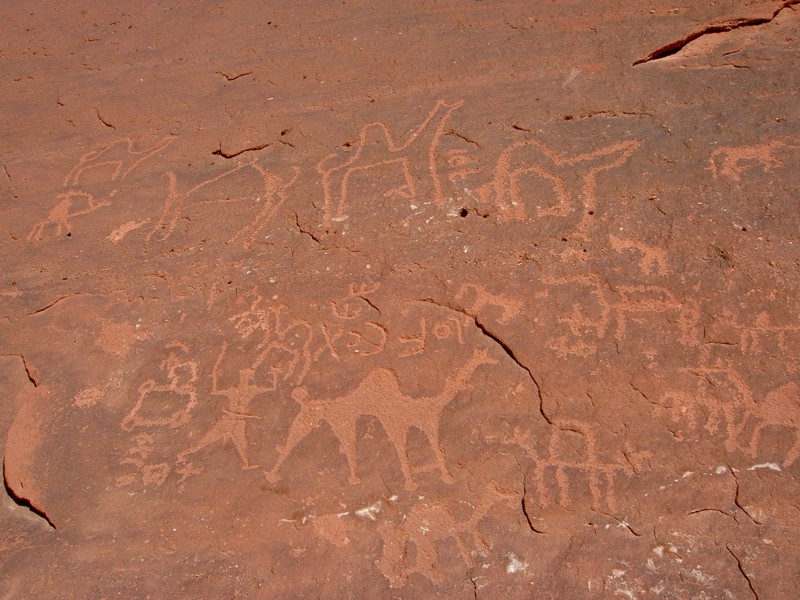
Loaded camels traveling away from a fortification, with the camel drivers walking.
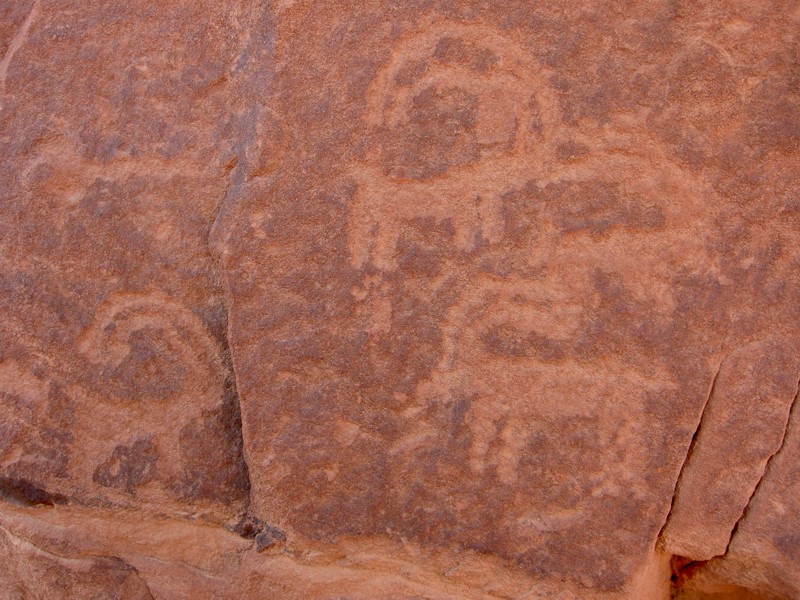
Ibexes with long horns

undefined





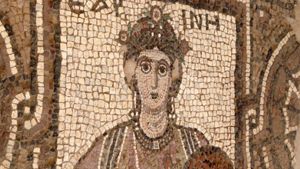

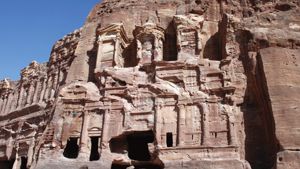
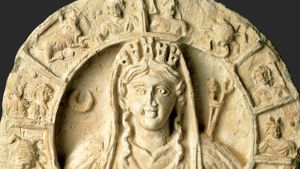
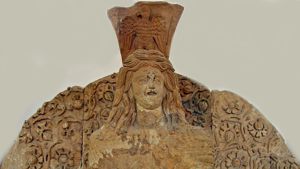
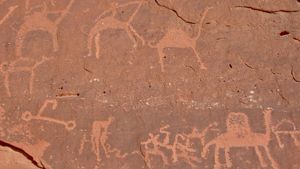
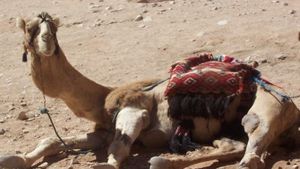
Page Discussion
Membership is required to comment. Membership is free of charge and available to everyone over the age of 16. Just click SignUp, or make a comment below. You will need a user name and a password. The system will automatically send a code to your email address. It should arrive in a few minutes. Enter the code, and you are finished.
Members who post adverts or use inappropriate language or make disrespectful comments will have their membership removed and be barred from the site. By becoming a member you agree to our Terms of Use and our Privacy, Cookies & Ad Policies. Remember that we will never, under any circumstances, sell or give your email address or private information to anyone unless required by law. Please keep your comments on topic. Thanks!